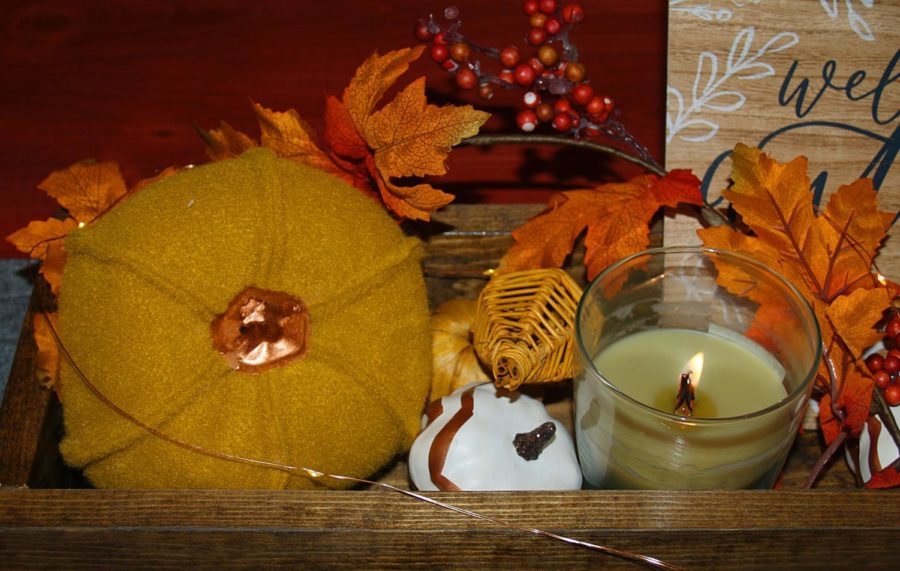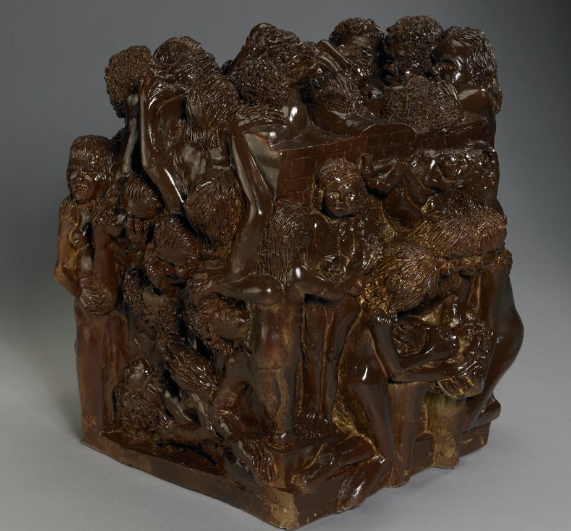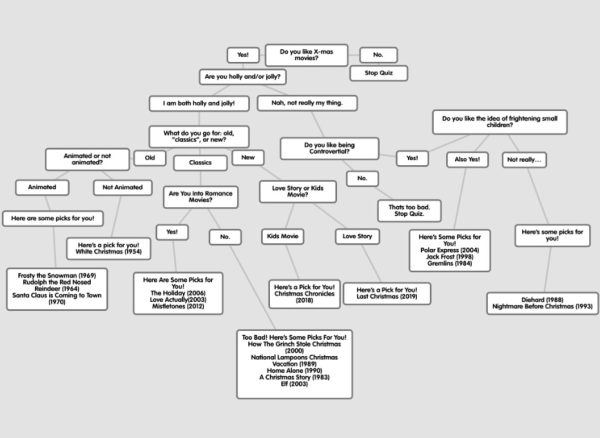Thanksgivings in Other Countries: Traditions That Bring People Together
November 22, 2019
While Thanksgiving is known to be a unique holiday specific to the United States, many other countries do actually celebrate their own versions of the historical holiday. While we usually think of Pilgrims spontaneously celebrating their plentiful harvest in the new world 400 years ago, people all over the world have actually celebrated their own harvests and families for thousands of years. However, most Americans don’t know much about the traditions celebrated around the world.
“I know that Canada has a thanksgiving and that it is celebrated in October, but I don’t know much else about it or about any other Thanksgiving,” said Ravelle Rute, ‘22.
The most similar celebration to our holiday is the Canadian Thanksgiving. The first Canadian Thanksgiving was held in 1578, when French explorers celebrated successful harvests with a large feast.
The first Thanksgiving in the United States was held a few decades later, in 1621, when Pilgrims celebrated their harvest with a feast. After American Thanksgiving grew in popularity, Canada adopted some aspects of the American holiday, including the iconic turkey, as well as pumpkin pie, stuffing, and sweet potatoes. In Canada, Thanksgiving is held on the second Monday in October, while in the United States it is held on the fourth Thursday in November.
China has the Mid-Autumn Festival in late September or early October when the moon is fullest and brightest. This festival expresses gratitude for the changing of the seasons and to celebrate the fall harvest. This festival started 2,500 years ago and features moon cake, rather than our traditional pumpkin pie. On this holiday, people watch and appreciate the moon, as it reminds them of their families and home.
Vietnam holds its celebration at the same time as China. The holiday, known as Têt-Trung-Thu Festival or the Children’s Festival, is held as a way for parents, who may have been busy with the harvest, to spend time with their children. Children participate in a parade and carry bright lanterns in a variety of shapes and colors. The lanterns are used to express their wish for sunlight to return. The Vietnamese use the holiday to give thanks and celebrate with family.
In late November, Japan celebrates a holiday similar to two United States holidays: Thanksgiving and Labor Day. The holiday, known as Kinrō Kansha no Hi, or Labor Thanksgiving Day, started more than 2,000 years ago to give thanks for the season’s first rice harvest. The holiday became modernized, after the end of World War II, as they wanted to use it as a celebration of workers’ rights.
South Korea’s Thanksgiving is much like ours – family members share a meal to celebrate the autumn harvest and give thanks to ancestors. The holiday, known as Chuseok Day, is held in late September.
“Most of my family lives in Korea, so we can’t have a huge celebration for the holiday here, but we usually just go to Church to celebrate and eat Songpyeon, which is a type of rice cake people eat and make to celebrate the holiday,” said Jin Bang, ‘22.
Germany has a similar fall holiday known as Erntedankfest, celebrating the fruits of the fall harvest. On the first Sunday in October, celebrations like parades, fireworks, music and dancing occur in churches and communities. However, it is not a family-centered event like ours, and it is only focused around the productions of the year. Germans most likely eat chickens or geese during this time of celebration.
Freed American slaves founded Liberia in 1847 after the United States government colonized them there and modeled their Thanksgiving celebration off of the United States. Liberian Thanksgiving involves a church service, an auction of crops, and then individual family feasts at home. However, turkeys and pumpkins are not common in Liberia, so roast chicken and mashed cassavas are the mainstays of the Liberian Thanksgiving.
Katrina Tadros, ‘22, says, “I don’t always celebrate Thanksgiving traditionally because my parents immigrated here, and we don’t have extended family that lives here. However, we usually go out to a restaurant and recently we have been celebrating with some family friends.”
Regardless of whether families celebrate these holidays traditionally or unconventionally, the goal is to bring family together. Throughout the world, people celebrate another year’s harvest and, in the process, create the widespread feeling of community as we all get together with one another. Regardless of what country you are from, these kinds of traditions aim to bring family closer together. Countries around the world hold similar traditions while keeping the holiday unique to their country. Gathering around a table enjoying a meal with your loved ones offers a feeling of comfort and belonging. Families use these celebrations as a reason to come together and enjoy one another’s company. This explains how these traditions have endured, regardless of the culture, for centuries.































